Mixed Reality is the next big thing in communication: Rod Findley
Day 2 at Goafest 2017 continued with its array of interesting speakers from varied walks of life. The discussion on technology took centre stage with Rod Findley, ECD, C2K Communications, highlighting ‘The Next Wave of Reality’.
Called the Christopher Columbus of advertising, Findley stressed on how engaging with audiences by finding the right technology was the need of the hour. The session threw interesting insights on immersive technology like Virtual Reality, Augmented Reality and Mixed Reality.
“A revolution is coming and this immersive technology is going to be a sea change for marketing and entertainment communication over the next five years just as Facebook, Google, Apple, Microsoft, everyone is putting a lot of emphasis on this new kind of technology,” he said.
Introducing himself and C2K Communications, Findley spoke about how like many others he too had started with traditional advertising by making TV commercials, print and radio ads, but had switched to the digital sector since the last few years. “The reason being our motto, which is storytelling. We try and tell stories that engage with audiences. You need to find the right technology to reach out to the people and bring to your brand. Over the last three years we have discovered that these immersive technologies such as virtual reality, augmented reality and now the upcoming reality called the mixed reality are really the way to the future,” he maintained.
He also delved deeper into the 8 drivers for a great VR experience:
- Immersive – best used for concert, travel, games.
- Interactive – gamification of content or gaming itself.
- Memorable – people remember things related to locations. VR enables that over 2D experience.
- Discovery – it gives people a sense of discovery.
- Empathy – personal connection.
- Proxy – real life proxy. Best used for retail.
- Novelty – limited time offer. It’s new. It’s now.
- Scalability – VR is a solo experience. How as a marketer can you extrapolate it to involve large numbers.
According to Findley, the situation today is very noisy, where mobile and online are the dominant new forms of marketing and communication. The increasing engagement is something where one is spiking the engagement with the brand’s message. While immersive is the next sea change, the first sea change came from PCs and mobiles. The creative expert stressed on the fact that immersive technology is what most of the advertisers need to focus on. Brands need long-term strategic investment for effective integration of immersive ‘new reality’. He went on to explain the real-life definition of virtual reality, where one put on the glasses and entered a different world. He added that virtual reality is mobile driven, while technical overview is PC driven, wherein he cited Playstation VRs revolutionising the gaming ecosystem.
According to Findley, “There are two ways of creating content in virtual reality. The first one is live-action shooting in 3D 360 degree circle, stitched and tied to the camera movement. There comes the great work. Virtual reality is great for the travel and tourism sector.” The other way is CG-based Virtual Reality, where he talked about a memorable project created for Toyota imbibing safety features in the cars.
On how is Augmented Reality is different, Findley pointed out that traditional AR cues off a marketer and allows one to access 3D renderings that one can view through a smartphone or tablet. Speaking on Geo-targeted augmented reality, he cited Pokemon Go’s virality among the users, which saw over 100 million downloads in three weeks. “It’s the first step where you’re connecting real life to online,” he said, adding, “It is important to tag the real world with markers that could either sense or be activated with camera recognition and sync it with an app to give customer discounts, prizes or more experience.”
Elaborating on mixed reality, he said, “It is AR along with VR, but more immersive as you can see the real space around you and the real space is augmented on. It doesn’t immerse you in a new world; it enhances your own world.” It is hand controlled or voice controlled and is also collaborative, taking things to a different level and very different from Google Glass. “Think about how this can be used in the industry for training. Overlay real time, accurately positioned information or schematics. Or allow an expert to remotely see what you are seeing and guide you real time interactively. With regards to marketing, interact or convey information about any product with complex features. In terms of gaming, leverage geo-location by building your own world in the park with friends. Create a first person shooter in your own home, telling a story in a personalised location works for entertainment,” Findley said, while highlighting the various possibilities of mixed reality.
He ended the insightful session by saying, “Think about the goal. The story that you want to tell. Don’t make it a gimmick. Come up with the right technology to tell your story and engage with the audience… It is going to be a complete virtual experience observing a dystopian future with a helpful guide in a task-based versus constant scenario.”





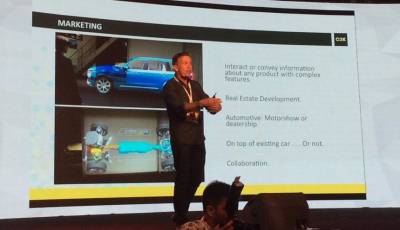
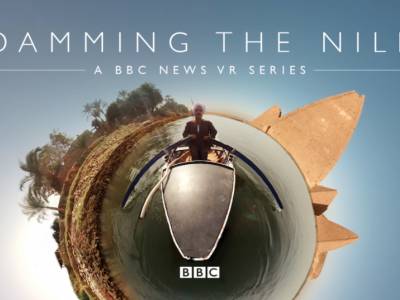
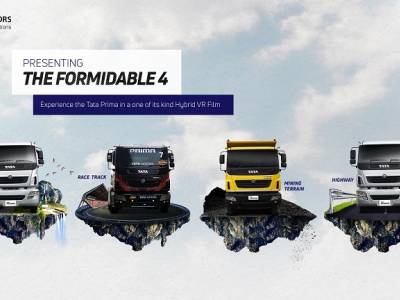


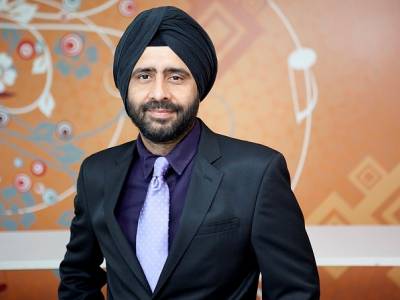
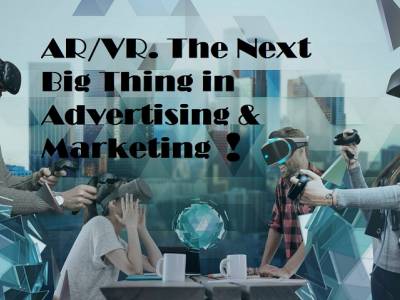
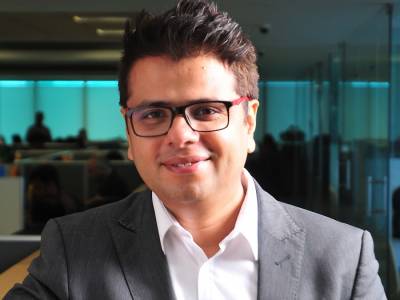



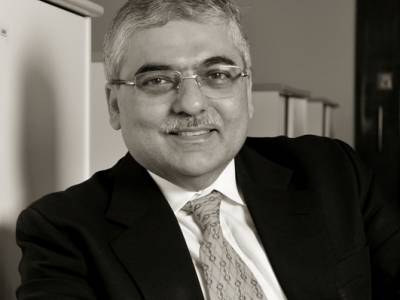




Share
Facebook
YouTube
Tweet
Twitter
LinkedIn